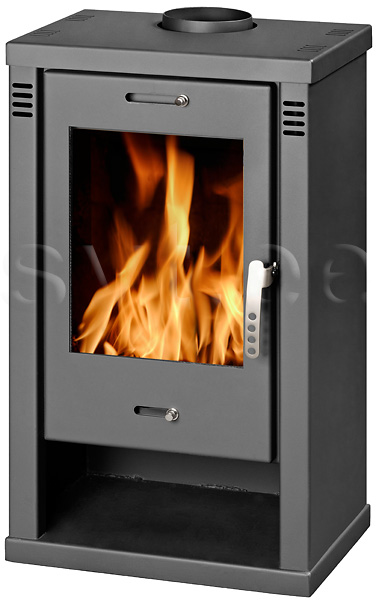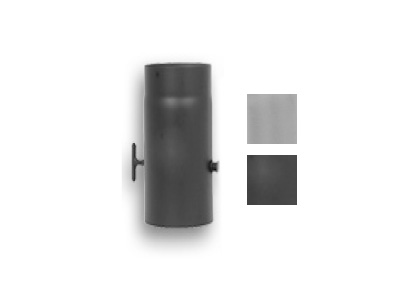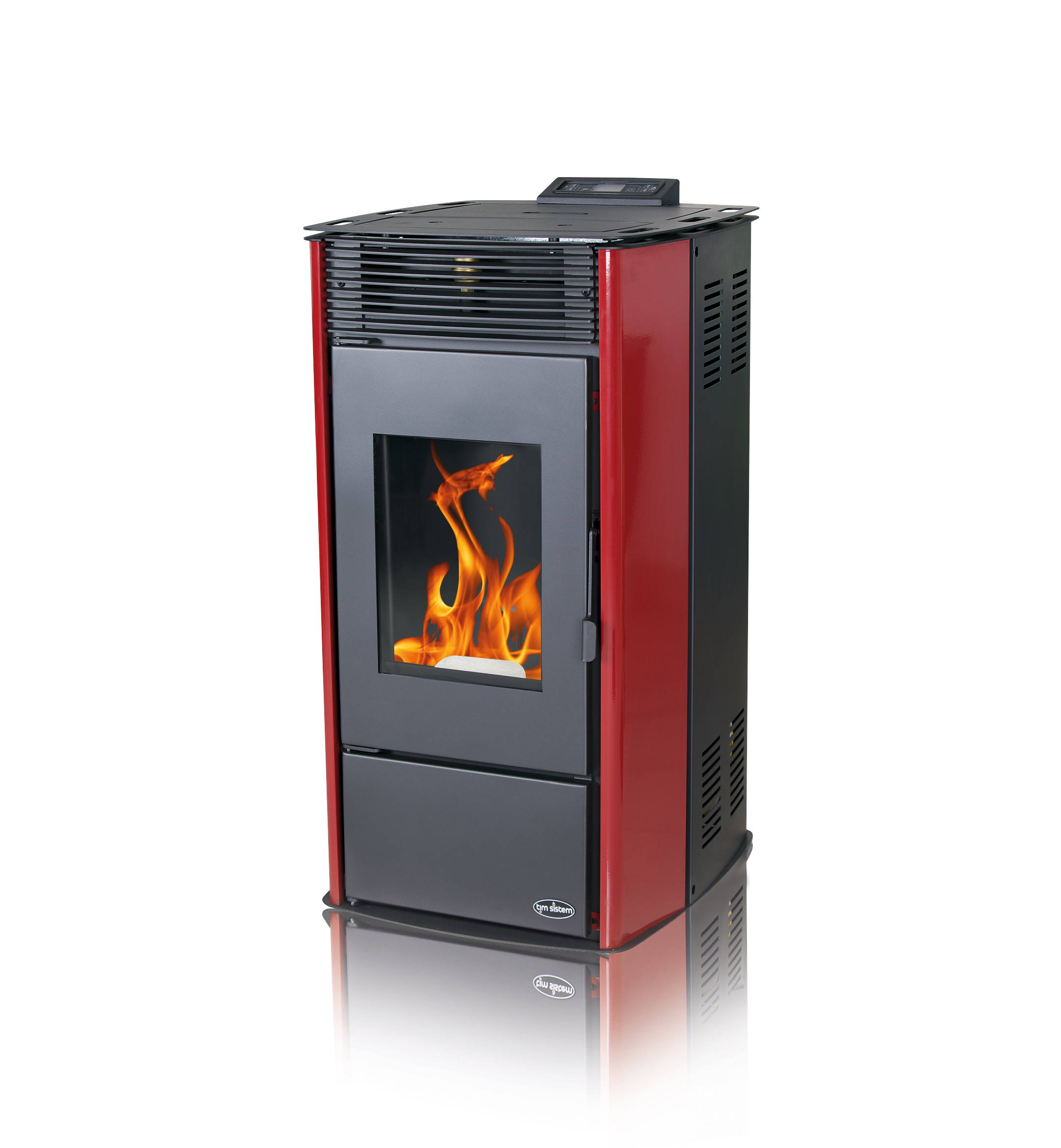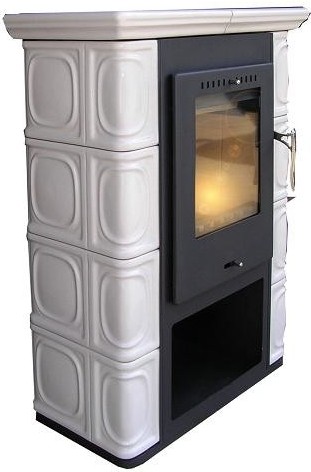In the old days houses were traditionally heated by an open fire. You would sit facing the fireplace, getting warm on the front of your body and feeling a cold draft on the back of your neck. The open fire would put some heat into the room, but the majority of its heat went straight up the chimney. However its greatest inefficiency was that, because it used so much air for its combustion, it would draw in large amounts of cold air from outside, creating drafts and cooling the rest of the house. At the end of the day people would run through cold corridors into cold bedrooms clutching hot water bottles.
The introduction of wood burning stoves improved the situation hugely. The stove would radiate much more heat into the room and send much less heat up the chimney. With so little air being used for combustion, it didn't create drafts or suck much outside air into the building. Stove technology has carried on improving and we now have stoves with efficiency ratings of at least 70%, and in many cases 80%.
A stove will heat the room it is in very quickly and efficiently and will also spread that heat further around the house than an open fire ever could. However there are a number of ways to spread that heat even further to produce anything from a background heat in some other rooms to whole house heating.
The most common way to spread heat to the whole house is using a stove with an internal boiler that passes a proportion of its heat directly into hot water which is then pumped around radiators or an underfloor system. This will enable you to regulate how much heat you want in each area of the home wherever the stove is situated. Some people have range cookers that are also able to do the cooking as well as heating hot water and rooms. An alternative to a log or multi fuel boiler stove can be a wood pellet boiler stove. Pellet stoves have certain advantages in that the fuel is clean and easy to store, they light themselves and will turn themselves off when the heat demand has been met.
Central heating systems can be costly to install and require pipework throughout the house and radiators in every room so here we will look at other ways to let a stove keep some or all of your house warm. The simplest method to move that heat even further around the house is to simply enable that warmth to spread from the room where it is installed utilising the fact that warm air rises. If vents are put into the ceiling into rooms or a hallway upstairs then the warmth will naturally spread there. The same amount of warm air that goes upstairs will then be sent down the stairs as cool air. Hey presto you've now created a convection current and your stove will spread a background heat around the house.
Radiant heat (the heat that you feel on your face that is coming straight out from the stove) will warm the room where the stove is but it is convection (warming air) that will carry that warmth further around the house. To increase the amount of heat going to convection rather than radiant heat, a number of stoves now have convection panels built in. These panels have a gap between them and the body of the stove. As the stove gives out radiant heat it warms the air between the panels, sending the hot air upwards and drawing cold air off the floor up between the panels. The net effect is that it is not as hot immediately around the stove but warmer across the whole room and the warmth will tend to spread much further. Some stoves take this even further by constructing the whole stove body from tubes that suck cool air into the bottom and send warm air out of the top.
You can also increase the spread of warmth by placing a stove fan on top of the stove to push heat out into the room. As the foot of the fan warms up the fan starts spinning.
The fastest growing sector in the stove industry is insert or inset stoves. These stoves are built into a chamber in the wall and take in cool air from floor level and warm it around the stove body. Once warmed they either vent warmth out from just above the door or from vents up near the ceiling. Insert stoves are usually designed to give some radiant heat from the front, but the majority of their heat as convected warmth. Again this means that it won't overheat around where the stove is installed, particularly with models that release the heat up towards the ceiling. Instead it builds up a comfortable heat right across the room which then easily spreads into other parts of the house. This type can also vent warmth directly into the room behind. While the warmth will travel horizontally it will need a certain amount of rise to get it to do that and there are fan systems available that can duct heat throughout a house if needed.
Wood-burning stoves are a cosy and economic way of adding heat to your home and the further you can spread that heat, the more money it saves you and the drier and warmer your house becomes.




